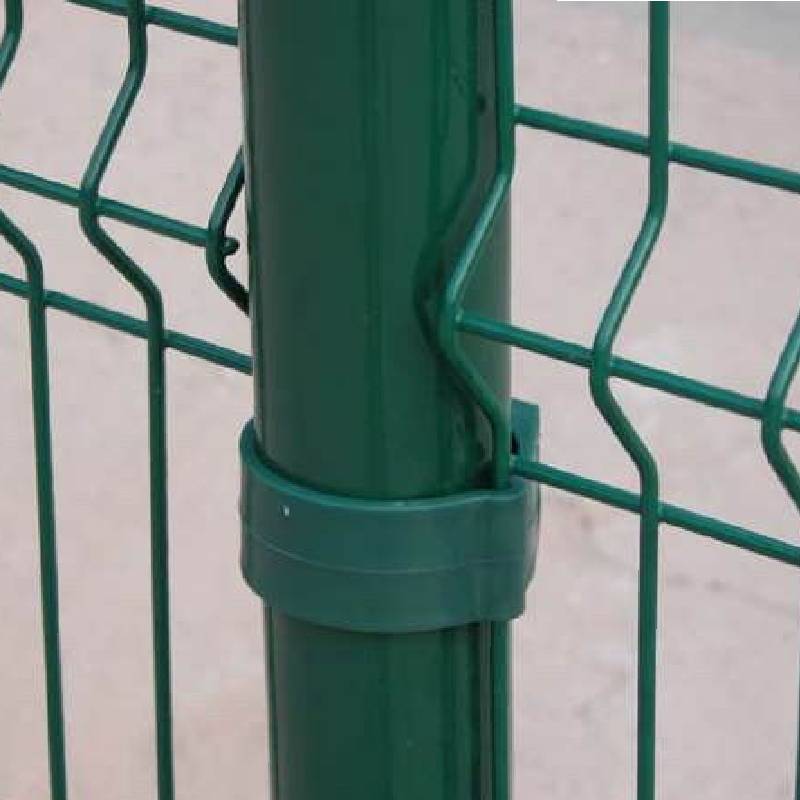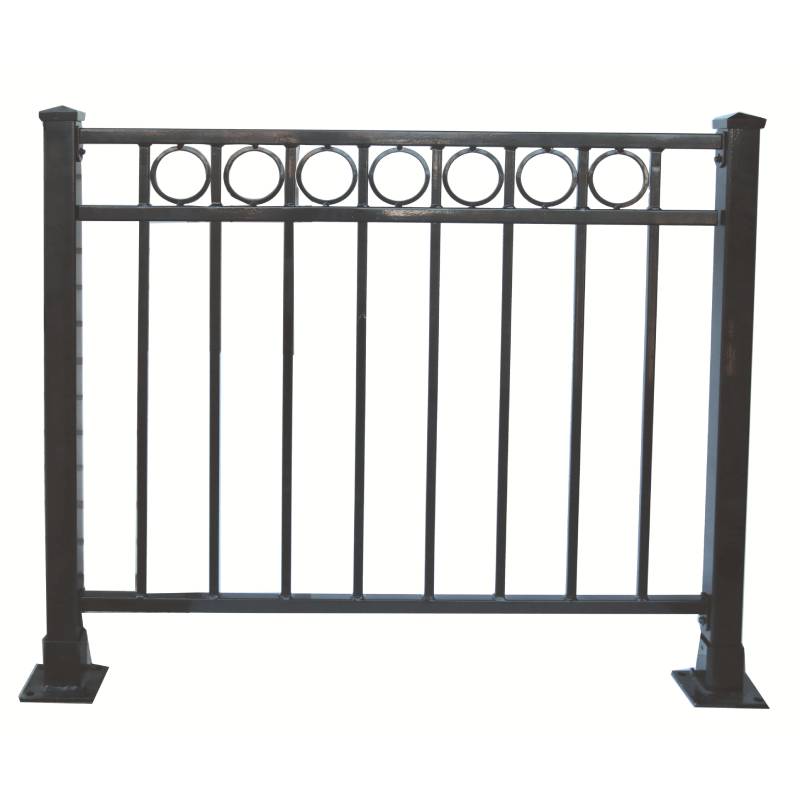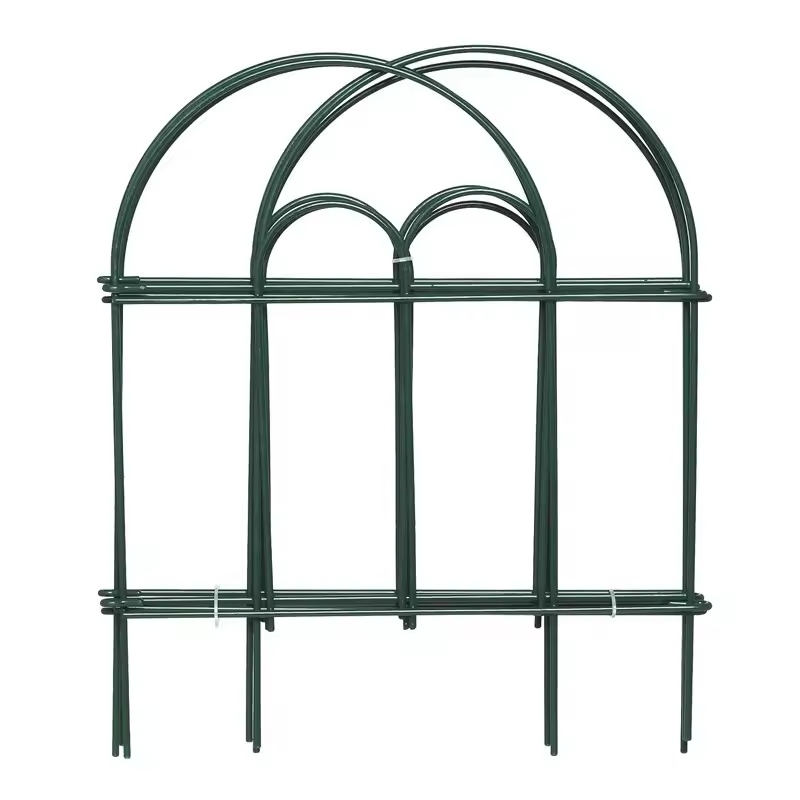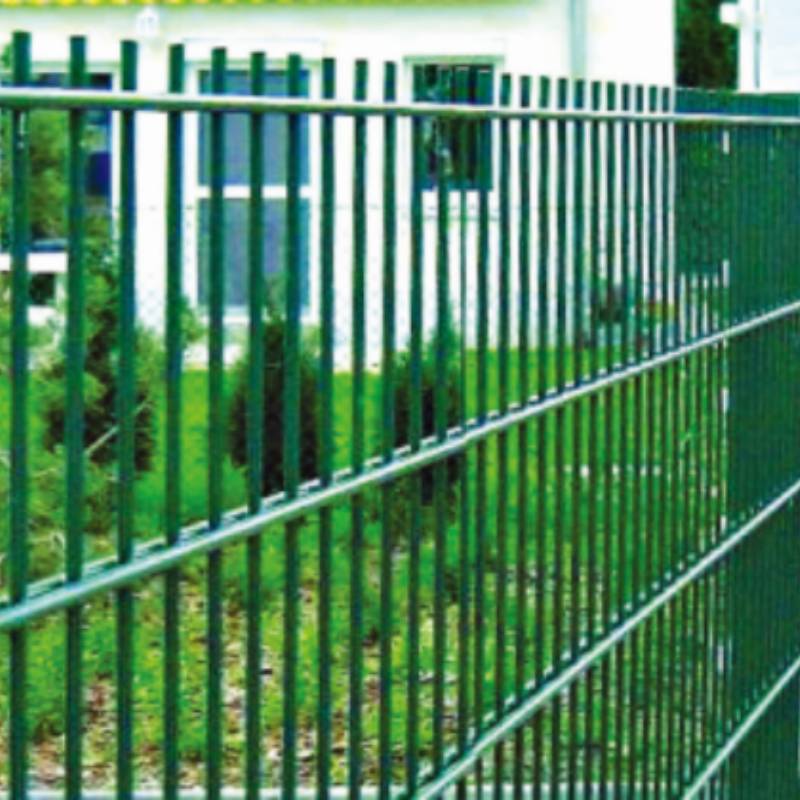-
Posta elektronikoa:zhao@hyliec.cn
-
Tel:+86 311 85273988
-
whatsAPP:8613931128750
-
 afrikarra
afrikarra -
 Albaniarra
Albaniarra -
 Amharikoa
Amharikoa -
 arabiera
arabiera -
 armeniarra
armeniarra -
 Azerbaijangoa
Azerbaijangoa -
 euskara
euskara -
 bielorrusiera
bielorrusiera -
 bengalera
bengalera -
 bosniarra
bosniarra -
 bulgariera
bulgariera -
 katalana
katalana -
 Cebuano
Cebuano -
 Korsikera
Korsikera -
 kroaziera
kroaziera -
 Txekiar
Txekiar -
 Danimarka
Danimarka -
 holandarra
holandarra -
 ingelesa
ingelesa -
 esperantoa
esperantoa -
 Estoniarra
Estoniarra -
 Finlandiera
Finlandiera -
 frantsesa
frantsesa -
 frisiera
frisiera -
 galegoa
galegoa -
 georgiarra
georgiarra -
 alemana
alemana -
 grekoa
grekoa -
 gujaratera
gujaratera -
 Haitiko kreolera
Haitiko kreolera -
 hausa
hausa -
 hawaiarra
hawaiarra -
 hebreera
hebreera -
 Ezetz
Ezetz -
 Miao
Miao -
 hungariera
hungariera -
 islandiera
islandiera -
 igbo
igbo -
 Indonesian
Indonesian -
 irlandera
irlandera -
 italiarra
italiarra -
 japoniarra
japoniarra -
 Javanera
Javanera -
 Kannada
Kannada -
 kazakh
kazakh -
 Khmer
Khmer -
 Ruanda
Ruanda -
 Korean
Korean -
 kurduera
kurduera -
 kirgizera
kirgizera -
 TB
TB -
 latina
latina -
 letoniera
letoniera -
 Lituaniera
Lituaniera -
 Luxenburgera
Luxenburgera -
 Mazedoniera
Mazedoniera -
 Malgashi
Malgashi -
 malaysiera
malaysiera -
 malayalamera
malayalamera -
 maltera
maltera -
 maoria
maoria -
 Marathia
Marathia -
 Mongoliera
Mongoliera -
 Myanmar
Myanmar -
 Nepaliarra
Nepaliarra -
 Norvegiara
Norvegiara -
 Norvegiara
Norvegiara -
 okzitaniera
okzitaniera -
 Paxtuera
Paxtuera -
 pertsiera
pertsiera -
 poloniarra
poloniarra -
 portugesa
portugesa -
 punjabera
punjabera -
 errumaniera
errumaniera -
 errusiera
errusiera -
 samoarra
samoarra -
 Eskoziako gaelikoa
Eskoziako gaelikoa -
 serbiarra
serbiarra -
 ingelesa
ingelesa -
 Shona
Shona -
 Sindhia
Sindhia -
 Sinhalera
Sinhalera -
 eslovakiera
eslovakiera -
 Esloveniera
Esloveniera -
 somaliera
somaliera -
 gaztelania
gaztelania -
 Sundanera
Sundanera -
 Swahilia
Swahilia -
 Suediera
Suediera -
 Tagalog
Tagalog -
 Tajik
Tajik -
 Tamila
Tamila -
 tatariarra
tatariarra -
 Telugu
Telugu -
 thailandiera
thailandiera -
 turkiera
turkiera -
 Turkmenera
Turkmenera -
 Ukrainara
Ukrainara -
 Urdu
Urdu -
 uigurrera
uigurrera -
 uzbekera
uzbekera -
 Vietnamera
Vietnamera -
 galesera
galesera -
 Laguntza
Laguntza -
 Jiddisha
Jiddisha -
 Yoruba
Yoruba -
 Zulua
Zulua
Panel Hesia
Wholesale Metal Fence Panels ?
Wholesale metal fence panels are a popular choice for those looking for durable and secure fencing solutions. These panels are often made steel materials providing a
strong and long-lasting option for garden fencing. They are available in various designs and sizes, making them suitable for a wide range of applications. Wholesale options offer cost-effective solutions for purchasing metal fence panels in bulk, making them ideal for contractors, landscapers, and property developers looking to install fencing on a larger scale.
Is It Cheaper To Buy Fence Panels Or Build Them?
The cost of buying fence panels versus building them can vary depending on several factors. In general, buying pre-made fence panels can be cheaper and more time-efficient than building them from scratch. Pre-made panels are mass-produced, which often makes them more cost-effective due to economies of scale. Additionally, purchasing fence panels can save on labor costs, as they are typically easier and quicker to install compared to building a fence from individual components. However, building a fence from raw materials allows for more customization and control over the design, which may be a priority for some individuals. It's important to consider the specific requirements, budget, and time constraints when deciding whether to buy or build fence panels.
How To Install A Panel Fence?
To install a panel fence involves several steps:
1. Measure and plan: Determine the length of the fence and calculate the number of panels needed. Plan the layout and ensure the fence posts are installed at the appropriate intervals to accommodate the panels.
2. Install the posts: Dig holes for the fence posts, ensuring they are deep enough to provide stability. Set the posts in concrete and allow them to cure before attaching the panels.
3. Attach the panels: Once the posts are set, attach the panels to the posts using appropriate fasteners such as screws or nails. Ensure the panels are level and properly aligned.
4. Add finishing touches: Depending on the type of panels used, additional finishing touches such as capping, trim, or paint may be required to enhance the appearance and durability of the fence.
5. Maintenance: Regular maintenance, such as cleaning and sealing, may be necessary to ensure the longevity of the fence panels.
It's important to follow the manufacturer's instructions and local building codes when paneling a fence to ensure proper installation and compliance with regulations. If in doubt, it's advisable to consult with a professional or seek guidance from experienced individuals.








